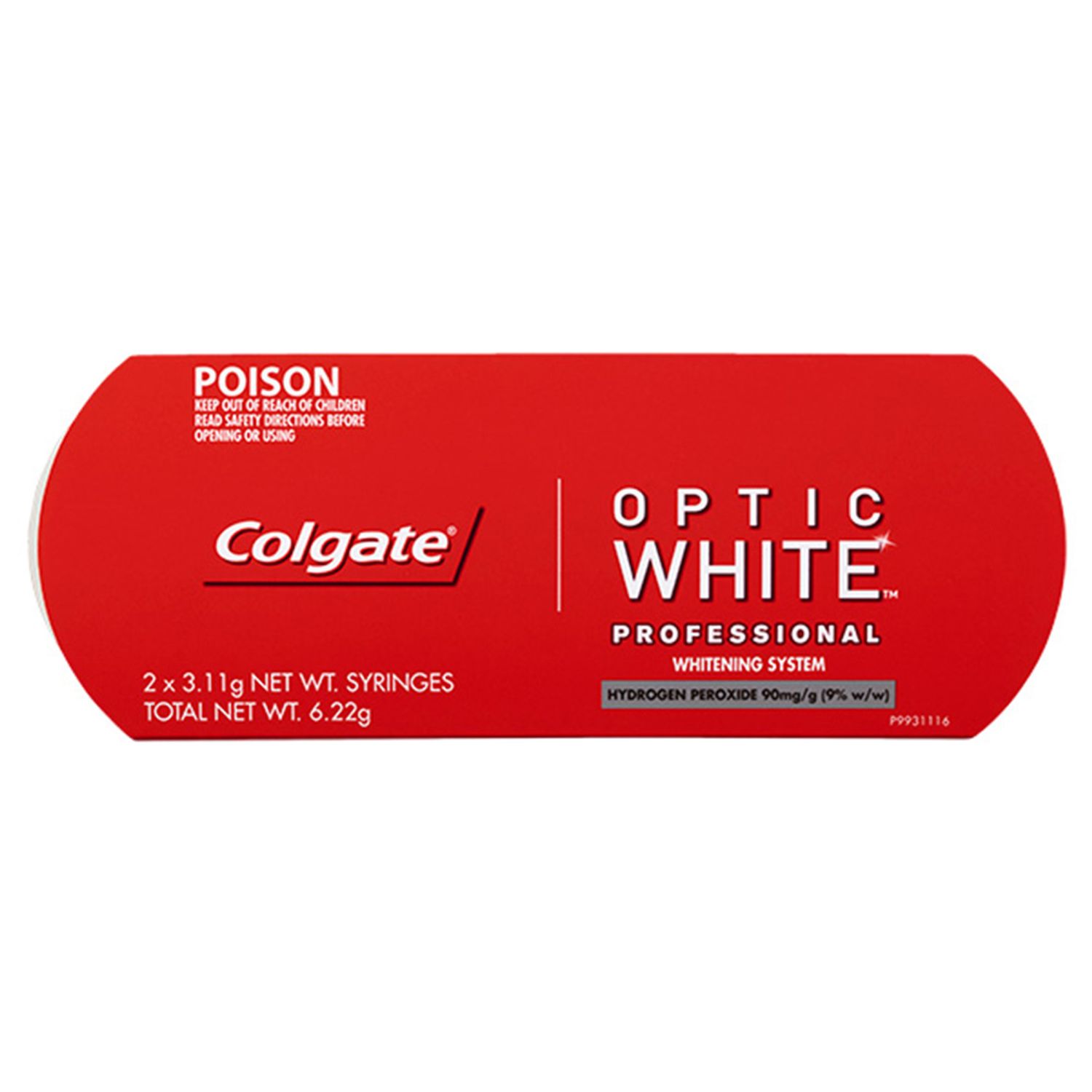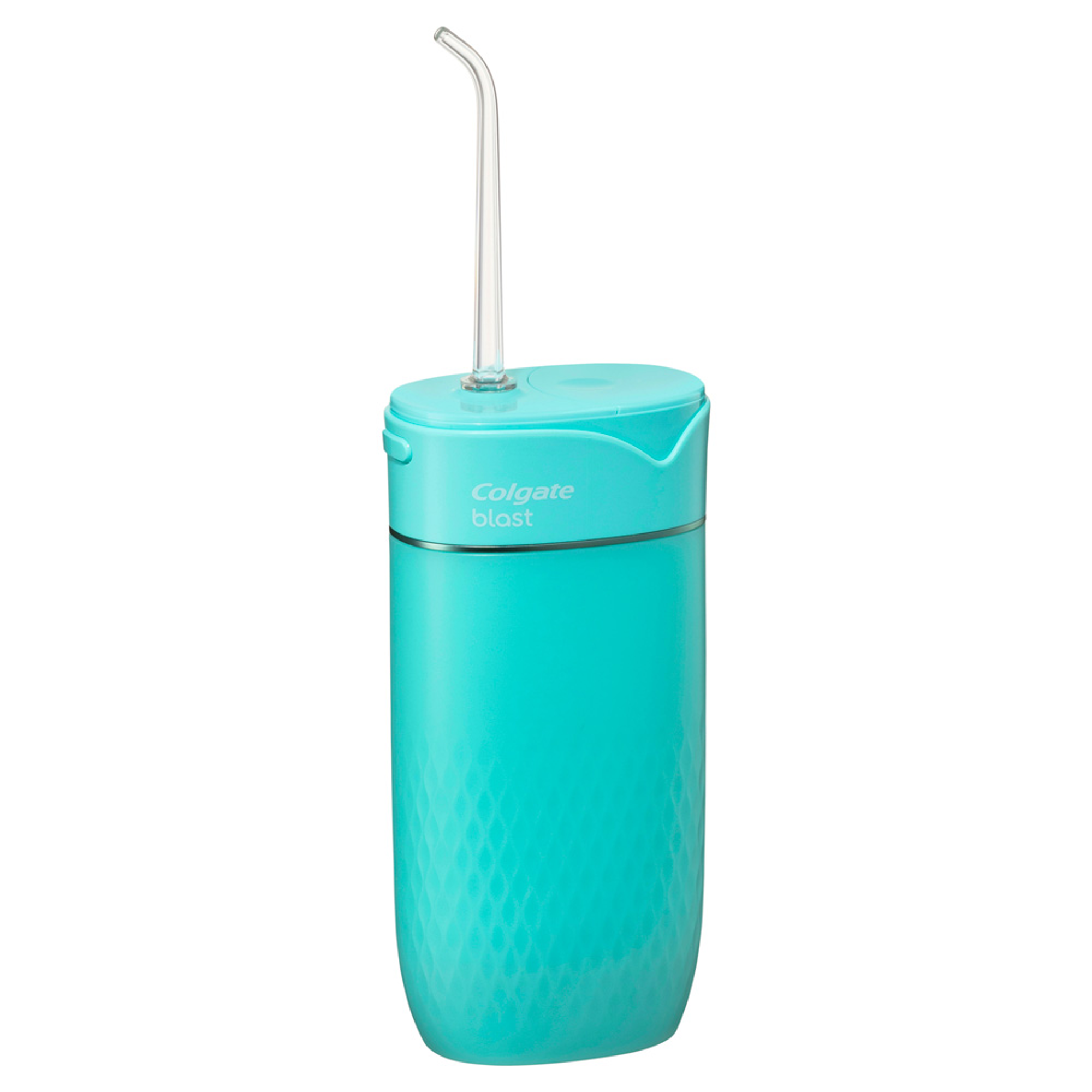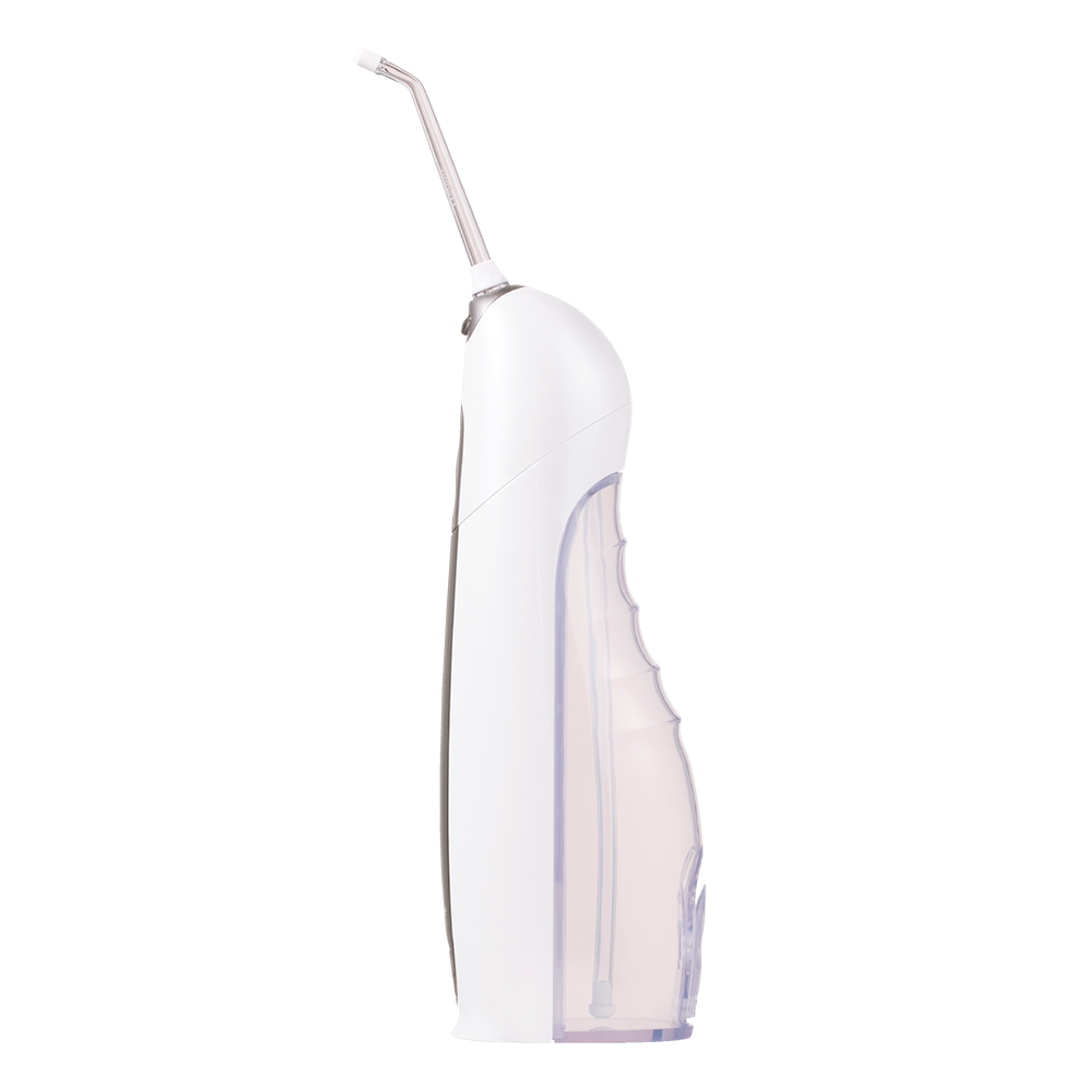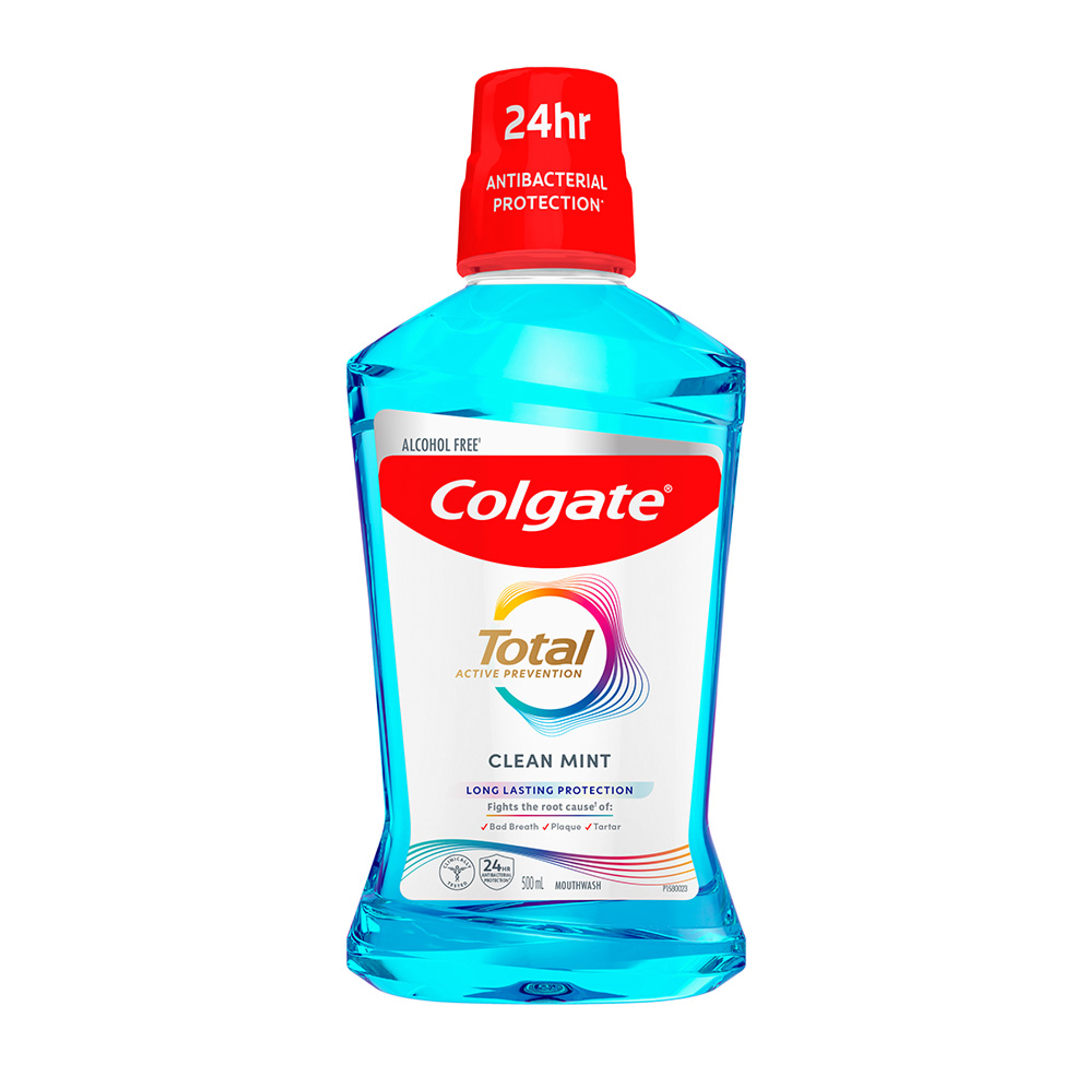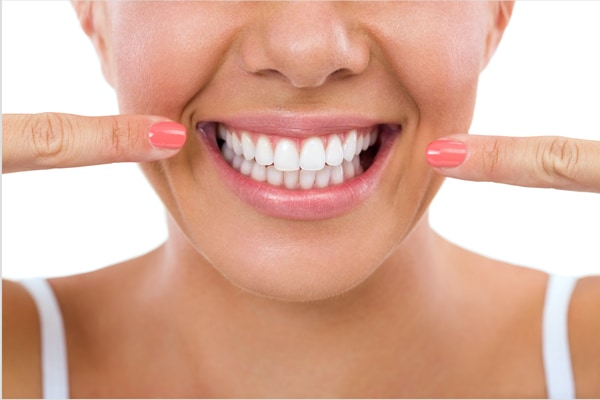
One of the greatest challenges we face as dental professionals is helping our patients be aware of the state of their oral health as well as maintain it in the long term. In this article, I hope to share some insights into the importance of tracking oral health and tools available to help your patients maintain optimum oral health.
Peter Drucker, the renowned management consultant, once famously said that “you can’t improve what you don’t measure”.1 This statement rings true for any habit we have in life, whether consciously or unconsciously. When considering habits that maintain good oral health, we as dental professionals know all too well that brushing and flossing the teeth twice daily is the key. When establishing these habits however, a reliable tracking system is required to reinforce the habit long enough for it to become second nature.
For young children aged less than 6 years of age, it is generally advised that parents brush the teeth for their children as children this age do not yet have the manual dexterity of fine motor control to be able to effectively brush well. Establishing these routines whilst young can ensure that once they start to brush on their own from 6 years old and older, they will automatically continue this habit. Of course in childhood, children seldom keep up habits of their own volition unless supervised and monitored by parents. One great way for children who are learning to brush on their own to track their brushing progress is the use of a daily tracking tool whereby they can tick after they complete the habit. One tool that is available to parents that clinicians can recommend is the Colgate Oral Health Heroes Challenge which is part of the Bright Smiles, Bright Futures educational resources. This includes a brushing challenge that requires children to tick the morning and night boxes for 28 days (4 weeks).2
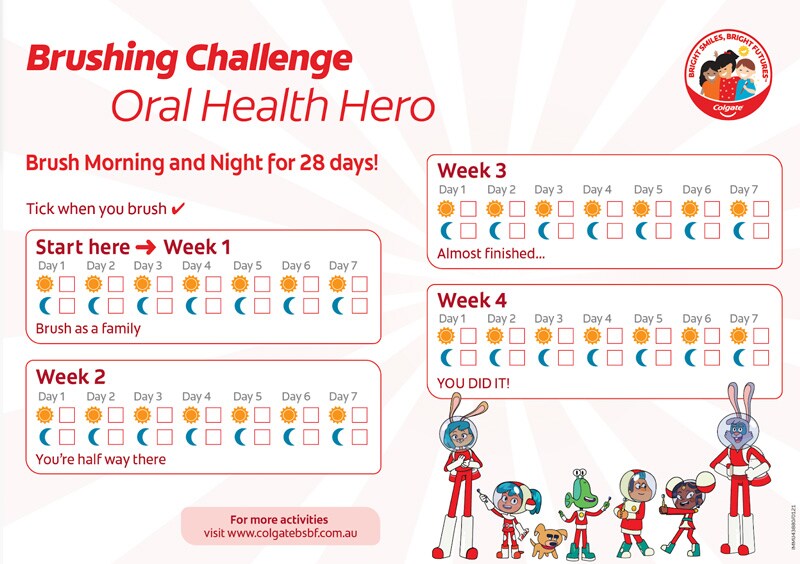
Whilst the quantity of toothbrushing daily is an important factor towards optimising a person’s oral health, it is ultimately the effectiveness of plaque removal across all tooth surfaces when brushing that is the biggest prevention factor for dental diseases. One method which can be helpful in educating the efficacy of brushing is to use plaque disclosing tablets. These chewable tablets are made with food-grade vegetable dyes that stain plaque either a red or purple colour to show plaque that is still adhered to the tooth surface.3 Whilst these are effective educational tools to help patients improve their brushing efficacy, long-term compliance can be low as one disadvantage is it can temporarily stain the soft tissues around the teeth.
A great solution to this is the use of digital connected health technologies that track brushing duration, habit and brush positioning to ensure effective brushing of all tooth surfaces. One such toothbrush that allows this tracking is the Colgate Pulse Series 2. This electric toothbrush uses bluetooth connection to the Colgate Connect App on any smartphone device. A great functionality of this application is the guided brushing tool which in real time is able to educate users on how to get the most effective brush score up to 100%.4 Other brushing markers that are tracked with this application include brushing angulation as well as brushing pressure, which is a great tool for overzealous brushes who are prone to toothbrush abrasion. In alignment with connected health integration technology platforms available with modern smart technologies, the brushing data from the Colgate Connect App can also be integrated with the Apple Health App. This allows Apple users to see their oral health progress linked in with all other health parameters being recorded summarised in one area.5 The Colgate Connect App can also be integrated with Amazon Alexa which allows the Alexa smart assistant to send users reminders on when they need to charge their toothbrush, as well as order new replacement brush heads three-monthly. Smart reorders can also be set up with Amazon Alexa so users can ensure they have adequate supply of replacement brush heads. This provides a convenient solution for patients to have a new brush head every three months on their electric toothbrush since brush bristles become less effective with use over time.6
Connected care technologies represent the next frontier of tools patients can use to track and optimise their dental health. It is important for dental professionals to stay updated on emerging technologies so they can best empower patients to make the best decisions for their oral health.
Young Entrepreneur Council. You are what you measure. Forbes. December 4, 2018. Accessed January 23, 2025. https://www.forbes.com/councils/theyec/2018/12/04/you-are-what-you-measure/
Colgate-Palmolive. Colgate Oral Health Heroes Challenge. Colgate Palmolive. Accessed January 23, 2025. https://www.colgate.com.au/oral-health-education/educational-resources/oral-health-heroes-challenge
Colgate Global Scientific Communications. What Disclosing Tablets Can Tell You About Plaque. Colgate-Palmolive. 8, 2024. Accessed January 23, 2025. https://www.colgate.com/en-us/oral-health/plaque-and-tartar/disclosing-tablets-plaque#
Colgate-Palmolive. Guided Brushing. Colgate Connect Support. Accessed January 23, 2025. https://connectsupport.colgate.com/hc/en-au/articles/4418730306578-Guided-Brushing
Colgate-Palmolive. Use Colgate Connect with Apple Health. Colgate Connect Support. Accessed January 23, 2025. https://connectsupport.colgate.com/hc/en-au/articles/4418706873874-Use-Colgate-Connect-with-Apple-Health
Colgate-Palmolive. Use Colgate Connect With Amazon Alexa. Colgate Connect Support. Accessed January 23, 2025. https://connectsupport.colgate.com/hc/en-au/articles/4418733980818-Use-Colgate-Connect-with-Amazon-Alexa
Join us
Get resources, products and helpful information to give your patients a healthier future.
Join us
Get resources, products and helpful information to give your patients a healthier future.






